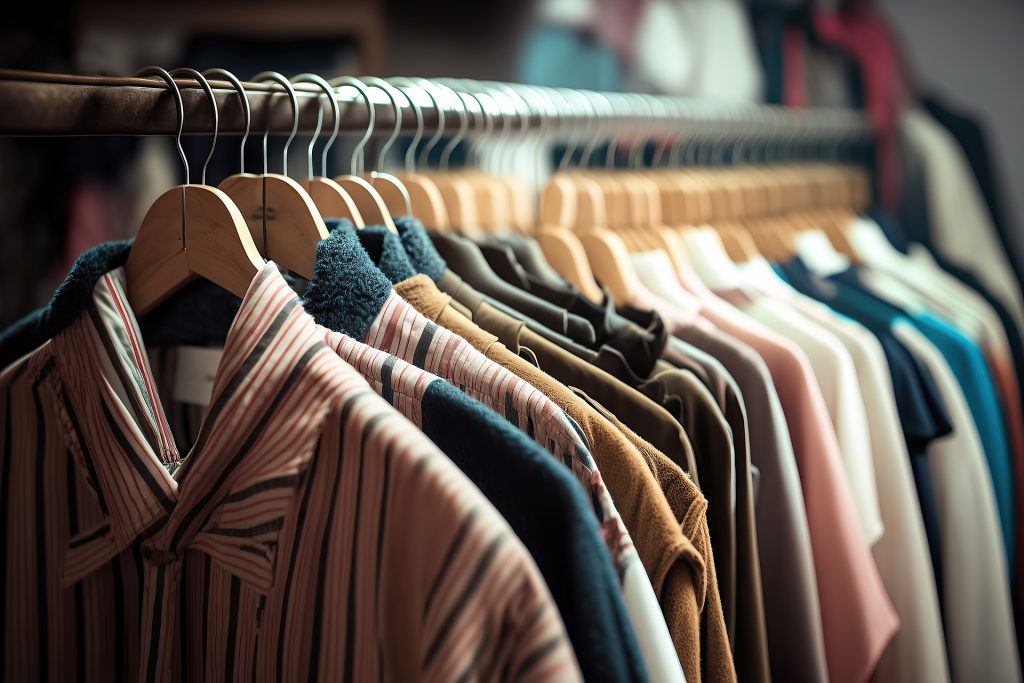In today’s digital age, having a strong online presence is crucial for fashion retail stores looking to increase revenue and expand their customer base. A well-designed website can help build a strong brand identity, engage with customers, and ultimately drive sales. In this article, we’ll explore the key aspects that fashion retail websites need to keep in mind while developing, and provide examples of popular fashion retailers who have successfully implemented these strategies.
- Visual appeal and user experience
One of the most important aspects of a fashion retail website is its visual appeal and user experience. Fashion is all about aesthetics, and a website that fails to impress visually is unlikely to attract customers. Additionally, the website should be easy to navigate and use, with a clear layout and intuitive interface. Popular fashion retailers such as ASOS, Zara, and H&M have mastered the art of creating visually appealing websites that provide a seamless user experience.
- Mobile optimization
With more and more consumers using their mobile devices to browse and shop online, it’s essential for fashion retail websites to be optimized for mobile. This means that the website should be responsive, with a layout that adapts to different screen sizes and resolutions. In fact, Google now prioritizes mobile-friendly websites in its search results, so failing to optimize for mobile could hurt a fashion retailer’s online visibility. Fashion retailers such as Forever 21 and Urban Outfitters have excellent mobile-optimized websites.
- Product images and descriptions
In fashion retail, product images are everything. Customers want to see what they’re buying, and high-quality images can make all the difference. Therefore, fashion retail websites should invest in high-quality product photography and provide multiple images of each product from different angles. Additionally, product descriptions should be detailed and informative, providing customers with all the information they need to make an informed purchase. Popular fashion retailers such as Nordstrom and Bloomingdale’s excel in providing high-quality product images and descriptions.
- Social media integration
Social media is a powerful tool for fashion retail branding and customer engagement. By integrating social media into their website, fashion retailers can provide customers with a more holistic brand experience. This can include displaying social media feeds on the website, allowing customers to share products on social media, and even offering social media-exclusive discounts or promotions. Fashion retailers such as Fashion Nova and Revolve have successfully integrated social media into their websites.
- Personalization and customization
Personalization and customization are becoming increasingly important in fashion retail, with customers seeking unique and personalized experiences. Fashion retail websites can offer personalization and customization in a variety of ways, such as allowing customers to create their own outfits or suggesting personalized product recommendations based on their browsing and purchase history. Popular fashion retailers such as Nike and Adidas have implemented personalized product recommendations based on customer browsing history.
In conclusion, fashion retail websites need to prioritize visual appeal, user experience, mobile optimization, product images and descriptions, social media integration, and personalization and customization in order to build a strong brand identity, engage with customers, and ultimately drive sales. By following these best practices and looking to successful fashion retailers for inspiration, fashion retailers can create websites that are both aesthetically pleasing and highly functional, and that will help them succeed in the highly competitive online fashion retail space.



